|
4/1/2021 I like to teach Ecology in the Springtime. The two just seem to go together: Earth, Energy Flow, Biological Cycles, Symbiotic Relationships, Succession, Renewal, Pollinators…. Diversity, Evolution…. You can work all of those concepts into an Ecology Unit as the school year is nearing its end. In this post I have gathered some instructional materials (and sprinkled in a few freebies) that you may find of value for your classroom. 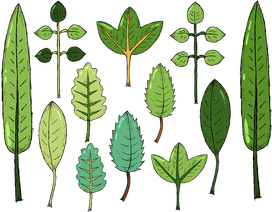 1-Chlorophyll Extraction- This could be used as a lesson about plant pigments or students could use the chlorophyll for a chromatography lab. You might even use this activity to teach younger students about the seasons, since plants contain pigments in different proportions, depending upon the time of year (and species). (When leaves turn brown, that means there are no photo-sensitive pigments; only tannins are left.) If you teach about solvents and solubility, this could be a chemistry lesson, as well. GET FREE CHLOROPHYLL EXTRACTION ACTIVITY! 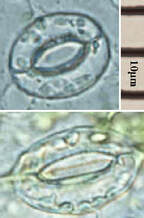 2-Leaf Stomata- Once you have collected leaves for chlorophyll, you have what you need for the examination of leaf stomata, special pores which allow the passage of CO2, O2, and H2O. Most stomata are on the bottom of plants’ leaves. The number of stomata on the epidermal surface can tell you a lot about a plant. Use this lab to teach about plants which grow in different climates. GET LEAF STOMATA LAB!  3-Lichens: Symbionts and Pioneers- Students may be unaware of lichens or may have seen them growing on rocks and other substrates and considered them a type of plant. Lichens are called pioneers because they have few ecological requirements for life. Over time, they prepare conditions for other organisms through the biodeterioration of rocks and the accumulation of nutrients. Colonization of an area by lichens is an important first step in the succession of barren locations and areas devastated by disasters. Teach students about succession and the symbiotic nature of lichens using this “Do Now” at the beginning of class or use it as a “fill-in” to help with the comprehension of science concepts. GET FREE LICHEN-SYMBIONTS/PIONEERS “DO NOW”! 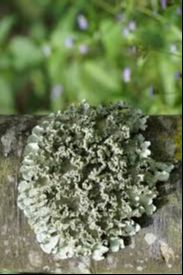 4-Lichens Help Protect Humans from Air Pollution- Air pollution is the world’s largest environmental health risk. Seven million people die from exposure to polluted air yearly, but lichens are more vulnerable because they lack stomata and cuticles: They cannot control their absorption of air pollutants. Among the various species of lichens, there is variable pollutant sensitivity, and this is how humans use them as bioindicators: Lichen biodiversity decreases as air pollution levels rise. Teach students about these often overlooked, incredible organisms that can help make our environment cleaner and can save human and lichen lives! GET LICHENS ARE BIOINDICATORS “DO NOW”! 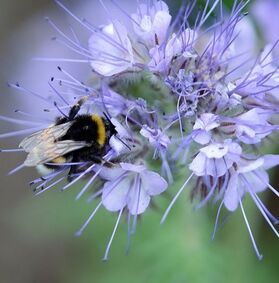 5-Bees Like Blue Best- Insects can perceive wavelengths from 650 to 300 nanometers. That is mostly the blue, violet, and ultraviolet range of the spectrum. Since many flowering plants rely on pollinators for reproduction, you would think that there would be lots of blue flowers. Not so, though, because production of blue flowers requires a lot of a plant’s energy. Instead, some flower petals have cells with fine wrinkles which produce an iridescent effect, like a reflection from the surface of CDs, when light falls on them. This produces a blue “halo” around flowers, which attracts bees. Teach about plant light tricks, as well as other plant evolution and ecology concepts using “Do Nows” or “fill-ins”. GET LIFE SCIENCE “DO-NOWS” AND “EXIT TICKETS”: 180 DAYS OF WARM-UP AND CLOSURE ACTIVITIES! 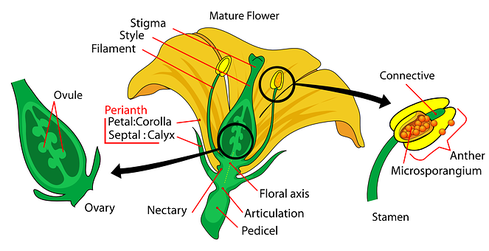 6-Flower Dissection- Use this lab activity to teach flower structures, or as a part of a unit on reproduction. You may be able to get some donated flowers from your local florist. The best flower types to dissect include lilies, tulips, daffodils, alstroemerias, and gladiolus. Avoid daisies, asters, calla lilies, roses, and iris since their floral structures are not as easy to view. GET FREE FLOWER DISSECTION LAB! 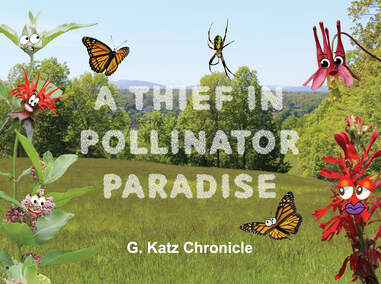 7-A Thief in Pollinator Paradise- This story has a bit of everything! The coevolution of flowers and their pollinators is the major theme and the characters discuss symbiosis, photosynthesis, and respiration. Use it as a part of an Ecology, Cellular Energy, or Evolution Unit. It is also a great stand-alone volume for a themed unit about pollinators, plants, or environmental change. The mystery at the heart of the story makes the meadow-dwelling characters become scientists as they make observations and collect evidence to identify the thief! GET A THIEF IN POLLINATOR PARADISE! 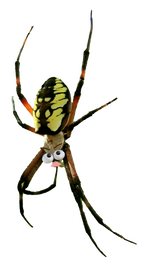 8-Vocabulary Practice for A Thief in Pollinator Paradise- This vocabulary worksheet uses words directly from A Thief in Pollinator Paradise. Use it in your classroom or work with a colleague to create an English-Science Collaborative Unit. This activity, along with the text can improve student’s language skills, as well as their understanding of science terms. GET VOCABULARY PRACTICE WORKSHEET! 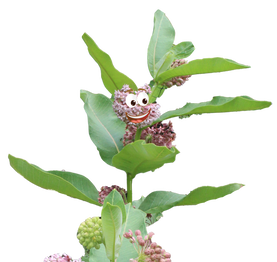 9-Analyzing A Thief in Pollinator Paradise- This analysis worksheet is based on A Thief in Pollinator Paradise. Engage students with reading the story and discussing it as a class activity. Students can reference pages within the text to answer higher order thinking questions. GET ANALYZING ACTIVITY! 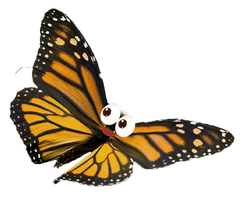 10-Teacher Presentation for A Thief in Pollinator Paradise- This is a presentation file you can display as students follow along with their individual copies of the text. The 66 full color slides match the chronological pagination of the book A Thief in Pollinator Paradise. This is an easy and fun way to teach about evolution, ecology, and symbiosis! Contact Us for discounts on bulk orders of 10 or more books for your class. GET PRESENTATION FILE! Once you have spent time with your students teaching about flower parts, biological cycles, and energy flow that fit so well into a springtime ecology unit, you may find it helpful to reinforce your instruction with a quick review of evolution concepts. The mutualistic relationships between pollinators and plants is just one type of symbiosis. This might be a good time to contrast mutualism with commensalism and parasitism.
0 Comments
|
AuthorGertrude Katz has spent over 30 years teaching K-12 public school students all major subjects. She has taught biology and education at the college level. The majority of her career has been spent instructing biology at the secondary level. Categories
All
|
 RSS Feed
RSS Feed